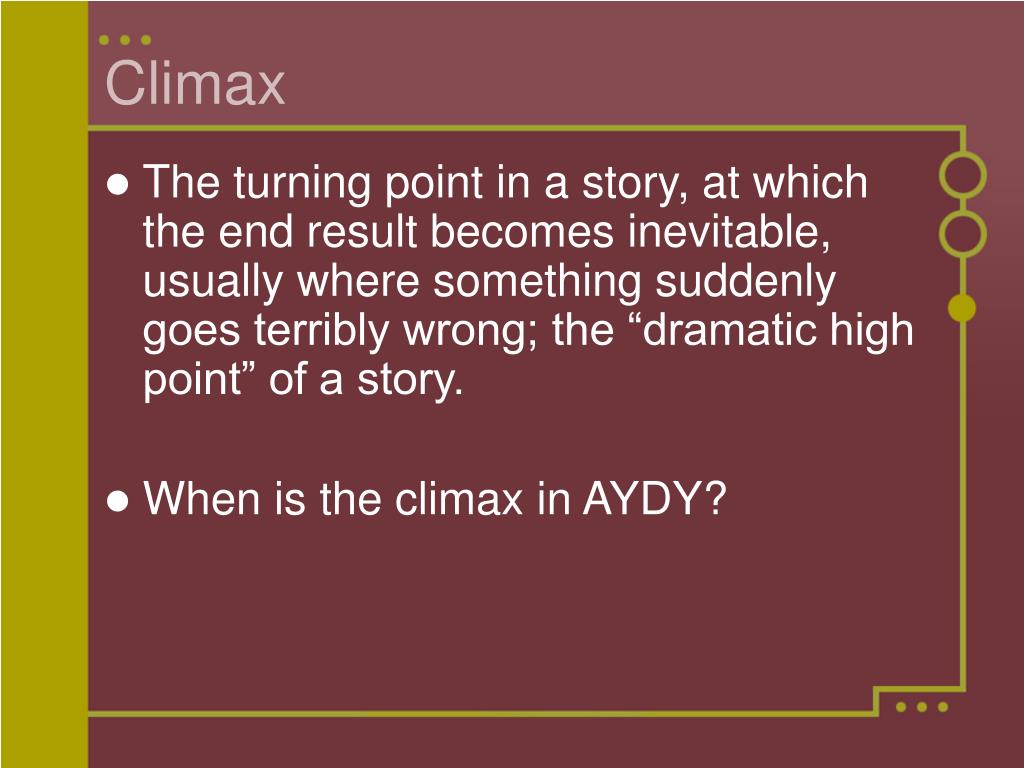


In addition, the term hallucinogen is often used as a rather broad category to include all kinds of psychoactive molecules, including cannabinoids, “ecstasy,” dissociative agents, and others. Yet that is not what they do in most users at ordinary doses, so this term likewise is not particularly descriptive or useful, although it is still widely used and seems to remain the preferred name for these substances in most scientific writing. Later, as it was realized that these compounds did not provide very realistic models of psychosis or mental illness, it became more correct to refer to them as hallucinogens, again a pejorative term suggesting that they principally produce hallucinations. When I began my graduate studies in 1969, it was politically correct in scientific circles to refer to these substances only as psychotomimetics, a negative term suggesting that they fostered a mental state resembling psychosis ( Hoffer, 1967). I was delighted when the editors invited me to write a review on “psychedelics,” perhaps a watershed moment, representing a shift in opinion that has been developing for more than 3 decades with respect to research and understanding of psychedelics. Recently, blood oxygen level–dependent functional magnetic resonance imaging and magnetoencephalography have been employed for in vivo brain imaging in humans after administration of a psychedelic, and results indicate that intravenously administered psilocybin and LSD produce decreases in oscillatory power in areas of the brain’s default mode network. Two small pilot studies of psilocybin-assisted psychotherapy also have shown positive benefit in treating both alcohol and nicotine addiction. Recent and exciting developments in the field have occurred in clinical research, where several double-blind placebo-controlled phase 2 studies of psilocybin-assisted psychotherapy in patients with cancer-related psychosocial distress have demonstrated unprecedented positive relief of anxiety and depression. Several useful rodent models have been developed over the years to help unravel the neurochemical correlates of serotonin 5-hydroxytryptamine 2A receptor activation in the brain, and a variety of imaging techniques have been employed to identify key brain areas that are directly affected by psychedelics. Today there is a consensus that psychedelics are agonists or partial agonists at brain serotonin 5-hydroxytryptamine 2A receptors, with particular importance on those expressed on apical dendrites of neocortical pyramidal cells in layer V. After the virtually contemporaneous discovery of (5 R,8 R)-(+)-lysergic acid- N,N-diethylamide (LSD)-25 and the identification of serotonin in the brain, early research focused intensively on the possibility that LSD and other psychedelics had a serotonergic basis for their action. Their origin predates written history, and they were employed by early cultures in many sociocultural and ritual contexts. They are generally considered physiologically safe and do not lead to dependence or addiction. Psychedelics (serotonergic hallucinogens) are powerful psychoactive substances that alter perception and mood and affect numerous cognitive processes.


 0 kommentar(er)
0 kommentar(er)
